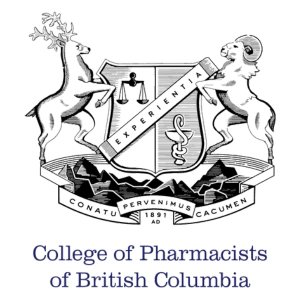No products in the cart.
When we reach menopause, vital hormones like estrogen and progesterone are no longer created by our bodies. This often leads to menstrual irregularities, low sex drive, vaginal dryness and pain during intercourse, night sweats, and mood swings. Let us help you get back on track with hormone replacement options.
Menopause is an inevitable part of a woman's life. It is a natural process that marks the end of reproductive life in women. However, for most women, the transition into menopause is accompanied by a number of physical changes, including hot flashes, mood swings, vaginal dryness, and decreased sex drive. These symptoms can have a significant impact on quality of life. Fortunately, hormone replacement therapy (HRT) has been shown to be an effective treatment for menopausal symptoms. In this essay, I will discuss why women should consider using HRT during menopause.
HRT has been shown to be an effective treatment for hot flashes, one of the most common symptoms of menopause. Hot flashes can be debilitating, causing women to experience a sudden sensation of heat that can last for several minutes. They can also cause sweating and chills, making it difficult to sleep and carry out daily activities. Studies have shown that HRT can significantly reduce the frequency and severity of hot flashes, improving the quality of life for women during menopause.
In addition, HRT has been shown to be effective in treating mood swings and depression associated with menopause. During menopause, many women experience mood swings, irritability, and even depression. This is due to the drop in levels of estrogen and other hormones that occurs during this time. HRT can help to restore hormone levels to a more balanced state, reducing these symptoms and improving overall mental health.
HRT can also help to alleviate vaginal dryness, which is a common symptom of menopause that can lead to discomfort and pain during intercourse. This is due to the drop in estrogen levels, which can cause the vaginal tissues to become thinner and less elastic. HRT can help to restore estrogen levels, improving the vaginal tissues and reducing the discomfort associated with vaginal dryness.
Another benefit of HRT is that it can help to reduce the risk of osteoporosis, a condition that causes bones to become weak and brittle, increasing the risk of fractures. During menopause, women are at an increased risk of developing osteoporosis due to the decrease in estrogen levels, which plays an important role in maintaining bone health. HRT can help to maintain bone density, reducing the risk of fractures and other complications associated with osteoporosis.
Despite its many benefits, HRT is not without risks. There is a small risk of developing blood clots, stroke, and breast cancer associated with the use of HRT. However, these risks are minimal and can be managed through careful monitoring and screening. It is important for women to discuss the risks and benefits of HRT with their healthcare provider and make an informed decision about whether or not to use it.
Men with concerns about their erectile function can take this quick test and get some information on whether it might be good to seek help for ED.
Most men have experienced some difficulty in getting or keeping an erection. Having trouble when you’re nervous or have had too much to drink may not be something to be concerned about.
It isn’t erectile dysfunction unless you are experiencing ongoing difficulty.
The Canadian Study of Erectile Dysfunction identified 49.4% of men over 40 with ED (Canadian Urological Association erectile dysfunction guideline 2015). Though all men may experience an occasional lapse of sexual function, ED is the persistent inability to achieve an erection, despite being sexually aroused.
Each of the questions has five possible responses, with score values from one to five.
Your total score is simply the sum of the values of all five answers to the ED test questions.
22-25: No erectile dysfunction
17-21: Mild erectile dysfunction
12-16: Mild to moderate erectile dysfunction
8-11: Moderate erectile dysfunction
5-7: Severe erectile dysfunction
The results of this brief self-evaluation should be used as a guide for whether you might want to consult with a doctor, and not as a replacement for a medical consultation.
Answer the five questions and the results will be automatically emailed to you in minutes.
The information you choose to share will be treated as confidential and will not be disclosed to any third parties.



